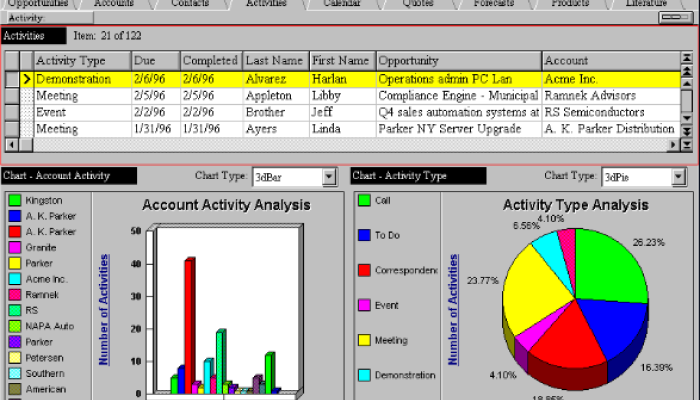
In today's fast-paced digital world, texting has become an increasingly popular method of communication. It's immediate, personal, and has a higher open rate compared to emails. According to Gartner, text messages have a 98% open rate and 45% response rate, compared to just 20% and 6% respectively for emails. This makes texting an excellent channel for following up on conversations, nurturing leads, and speeding up sales cycles.
But mastering the art of texting in a professional context requires finesse, strategy, and an understanding of etiquette. Here are some tips that will help:
Get permission and start early
Always ask permission before texting a prospect. Some prospects like to keep a degree of separation and texting is off limits. Keep the ask casual: “I can text you, if that’s easier or if you prefer.” If they say no, don’t push them. Respect boundaries and keep conversations to email and scheduled calls. If they say “yes,” make sure your first message includes your name, company, and a brief summary of what you spoke about on the phone. This way they can scroll back in the conversation and get full context — don’t expect them to save your number.
Be concise and professional
Text messages to prospects should be brief and to the point. Don’t send paragraphs or multiple messages that require them to scroll to read. If you need to convey complex information, put it in an email or give them a call. Texting is a great way to get a quick response from prospects that may have gone cold.
While texting is casual, you’ll want to maintain a professional tone. Use proper capitalization and punctuation. Generally, you’ll want to avoid using slang or emojis. However, if your prospect is sending you emojis or using a casual tone, don’t be afraid to mirror their texting style to build rapport. Use your best judgment and adjust your approach on a case-by-case basis.
Set and respect boundaries
As a rule of thumb, your text message exchanges with prospects shouldn’t look desperate. If you don't receive a response from your prospect, it's okay to follow up, but you should wait a few days and limit it to one or two (at the very most) attempts before trying a different channel.
You should also stick to texting during regular business hours. This not only shows respect for your prospect, it also helps set boundaries for yourself. You don’t want to set an expectation that you’ll be immediately responding to texts at all hours. Feel free to break this rule if your prospect texts you after hours first (at your own discretion of course).
Personalize and provide value
This may seem obvious, but with texting, you don’t want to use templates like you might in email. Automation has its place in sales, but when texting, you should spend the time to personalize your communication to build rapport. Reference previous interactions to make your messages feel tailored and relevant.
Like email, each text should offer something of value to the prospect, whether it's information, insights, or solutions to their problems. It’s fine to use texting as a “just checking in” as a last resort if your prospect has gone radio silent on other channels, but try to avoid doing this, or at least add some value in your check-in texts as well.
Remember, everyone is different
Texting is the most personal channel you’ll have with your prospect. It can be a great part of a multi-channel approach when complimented with email, calls, and in-person meetings (if applicable) to build rapport and keep deals moving forward. But, because of its personal nature, it’s important to get the prospect’s buy-in. Not everyone will be on board — but if both you and they are willing to text, you might even give yourself a competitive advantage.







